Description
A la época de la conquista hispana en el territorio sur de Chile habitaban los mapuches, pueblo que se componía de una serie de grupos independientes que compartían un mismo territorio, idioma y ciertos rasgos culturales.
Su sistema económico tradicional, era basado en la caza y la horticultura, luego en los siglos XVIII y XIX se adaptaron a un sistema campesino de agricultura y ganadería.
Actualmente el pueblo mapuche presenta un gran fraccionamiento cultural, con una migración hacia las grandes ciudades, principalmente en Santiago y Temuco, aunque vinculada en diferentes grados con sus comunidades de origen.
Así mismo vive cierta discriminación racial y social en sus relaciones con la sociedad chilena lo que se manifiesta en menores índices de educación, ingresos y mayor desempleo y sus índices de pobreza son mayores que el promedio nacional chileno.
La tradición textil mapuche se remonta a épocas precolombinas, en que realizaban tejidos con fibras de camélidos teñidas con colorantes de origen vegetal y mineral. Luego la rápida incorporación de la oveja, y la llegada de tinturas artificiales, traídas por los españoles, produjo muchos cambios. Las prendas tejidas se constituyeron en artículos de intercambio y comercialización de gran importancia,
El instrumento usado para tejer es el telar vertical denominado “witral” y se compone de un armazón de cuatro maderos, uno para subir la urdimbre, otro para apretar la trama, una lanzadera y una caña para sostener los hilos que levantan un plano de la urdimbre.
El proceso textil comienza con la esquila del animal, el hilado, el teñido hasta la producción del tejido. Las prendas que se elaboran hoy son principalmente diversos tipos de ponchos, fajas y mantas, en ellos se reconoce una variedad de figuras y colores asociados a un simbolismo propio de cada prenda, que expresa su cosmovisión, siempre relacionado con su espiritualidad y con el entorno natural de sus territorios ancestrales
English
Mapuche Textiles
At the time of the Hispanic conquest, the Mapuche inhabited the southern territory of Chile, a people made up of a series of independent groups that shared the same territory, language and certain cultural traits. Their traditional economic system was based on hunting and horticulture, then in the 18th and 19th centuries they adapted to a peasant system of agriculture and livestock farming. Today they suffer some racial and social discrimination in their relations with Chilean society, which is manifested in lower rates of education, income and higher unemployment, and their poverty rates are higher than the Chilean national average.
The Mapuche textile tradition dates back to pre-Columbian times, when they wove textiles from camelid fibres dyed with vegetable and mineral dyes. Then the rapid incorporation of sheep and the arrival of artificial dyes brought by the Spaniards brought about many changes. The woven garments became very important items of trade and commerce,
The instrument used for weaving is the vertical loom called the “witral” and is made up of a frame of four timbers, one to raise the warp, another to tighten the weft, a shuttle and a reed to hold the threads that raise a plane of the warp. The textile process begins with the shearing of the animal, the spinning, the dyeing and the production of the fabric. The garments that are made today are mainly different types of ponchos, sashes and blankets, in which a variety of figures and colours can be recognised, associated with a symbolism specific to each garment, which expresses their cosmovision, always related

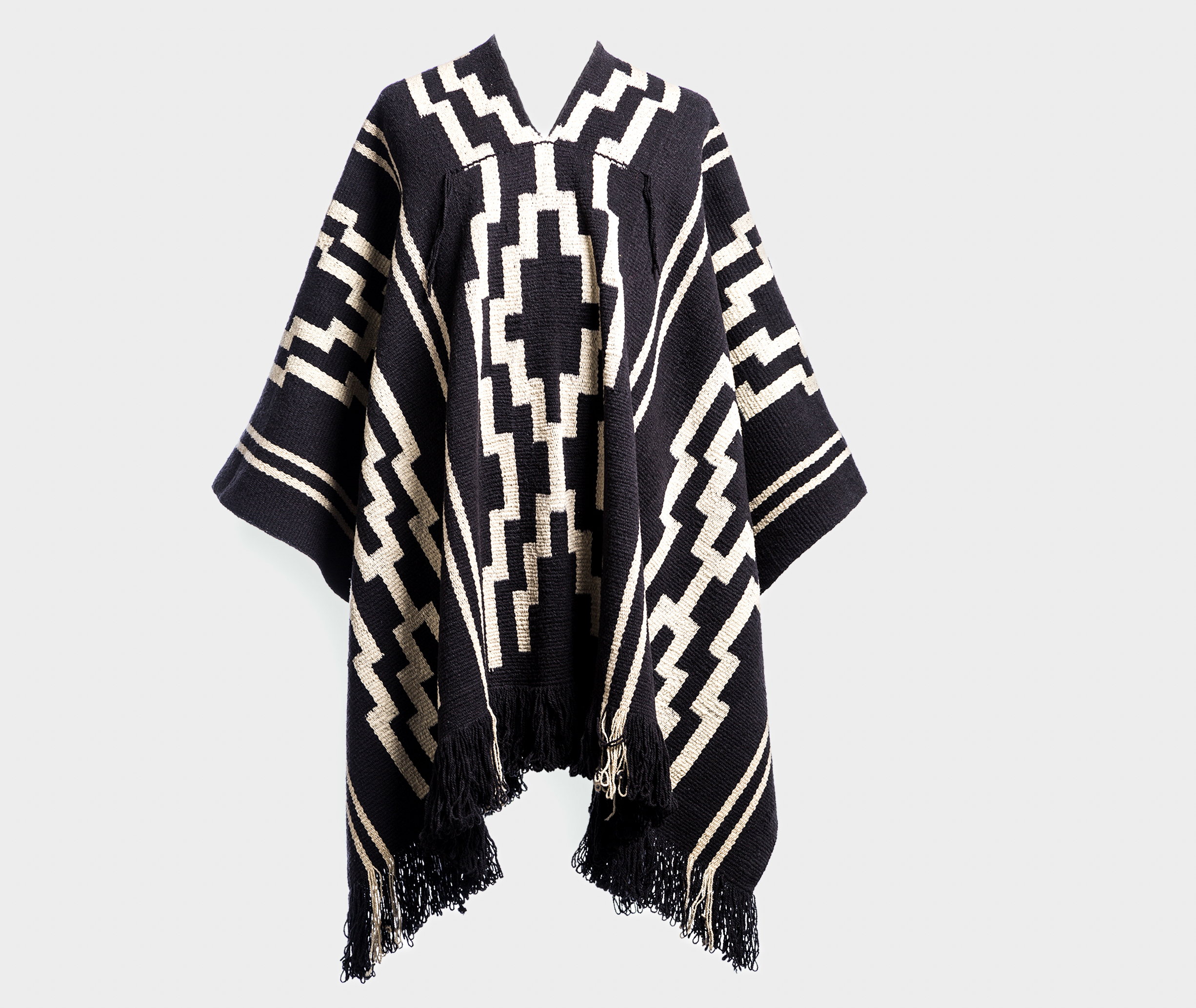
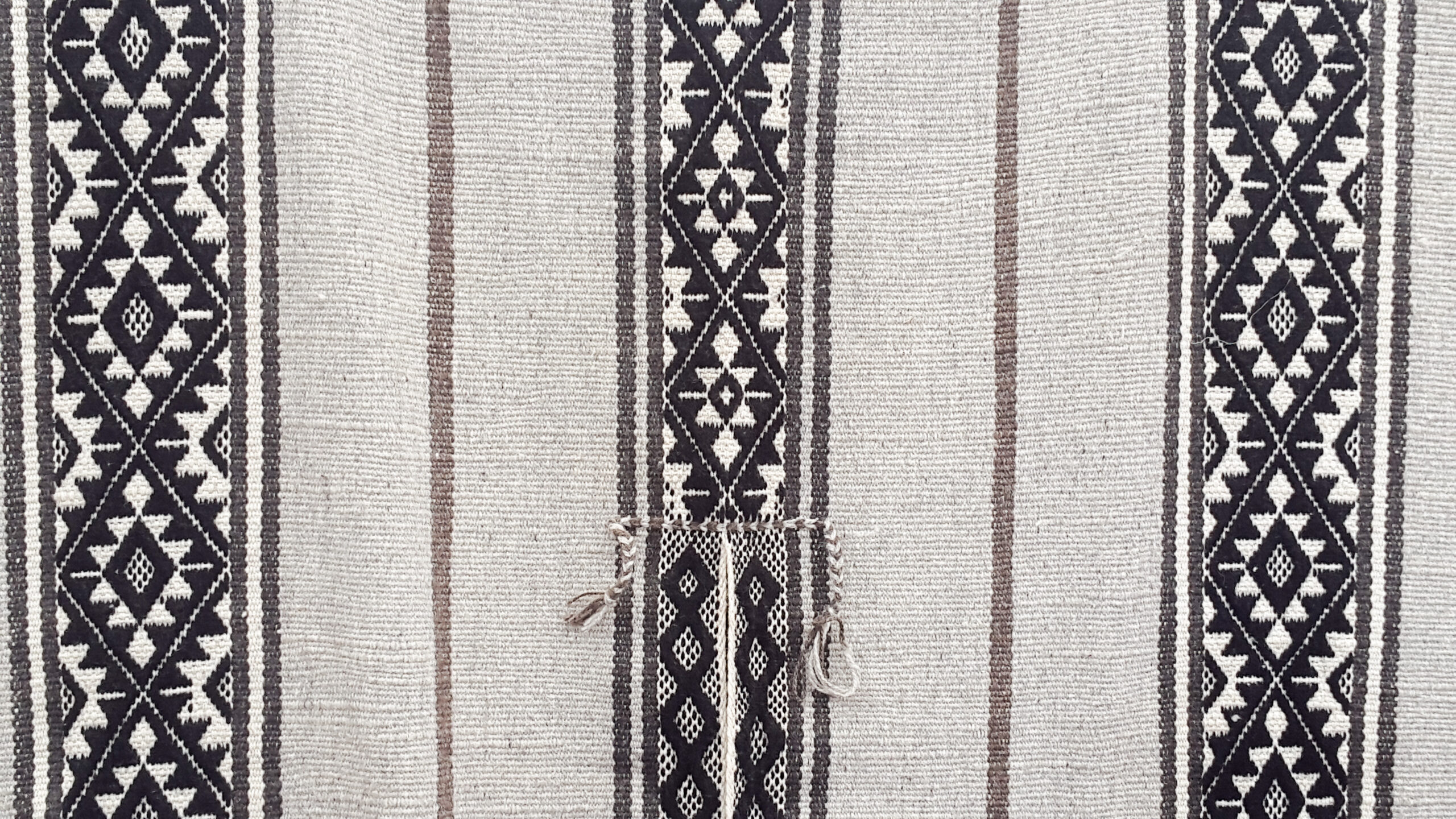
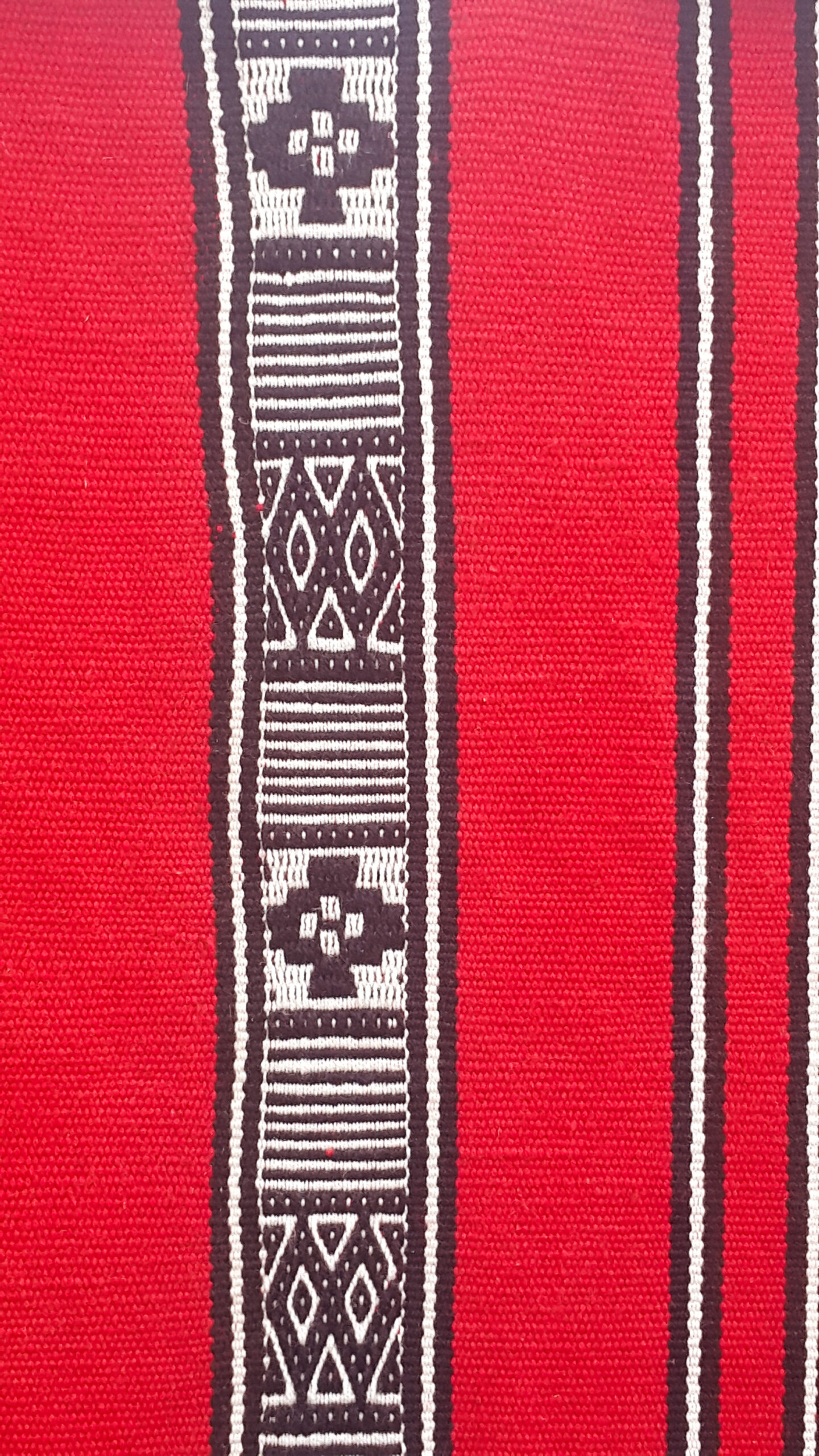
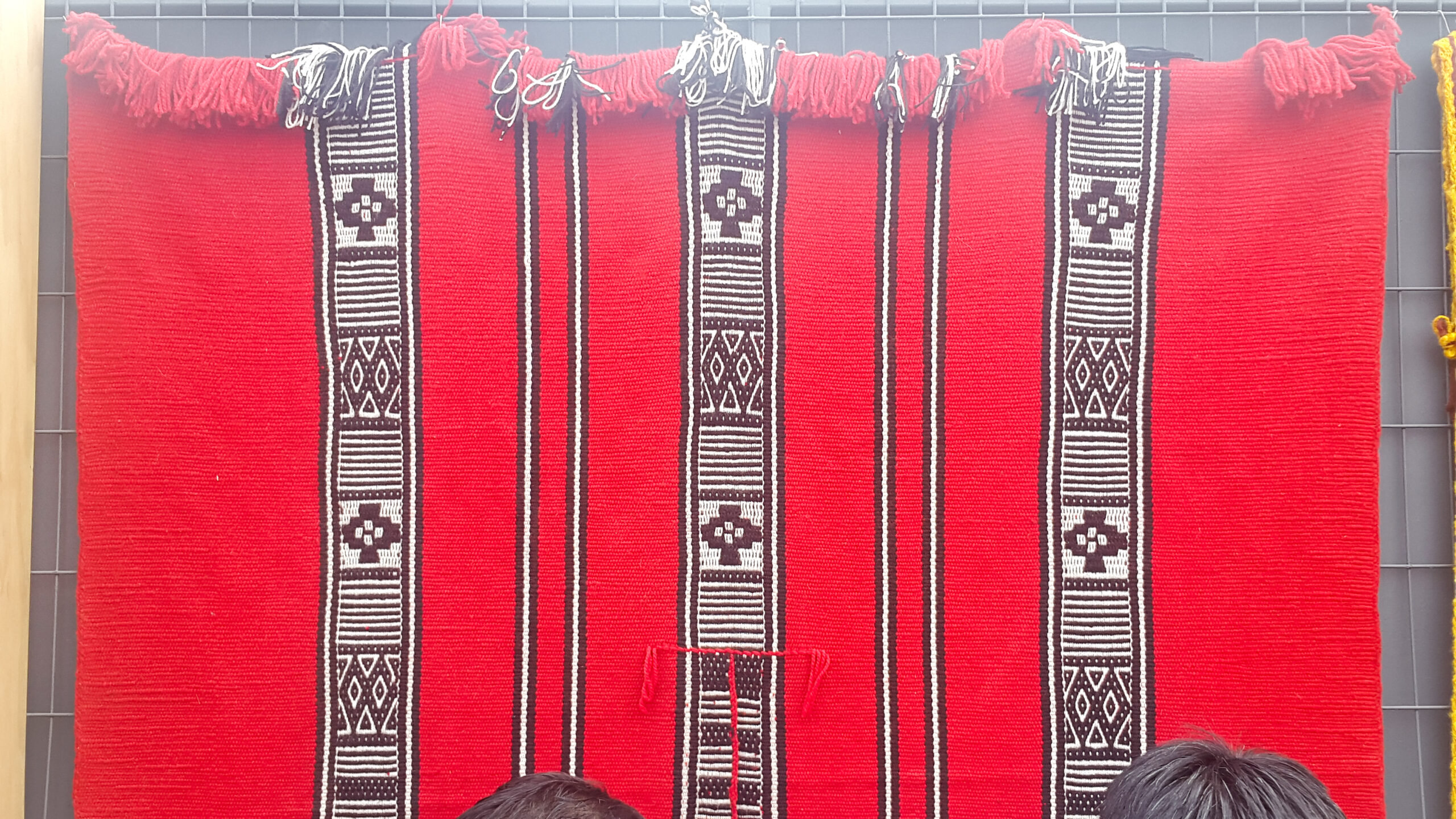
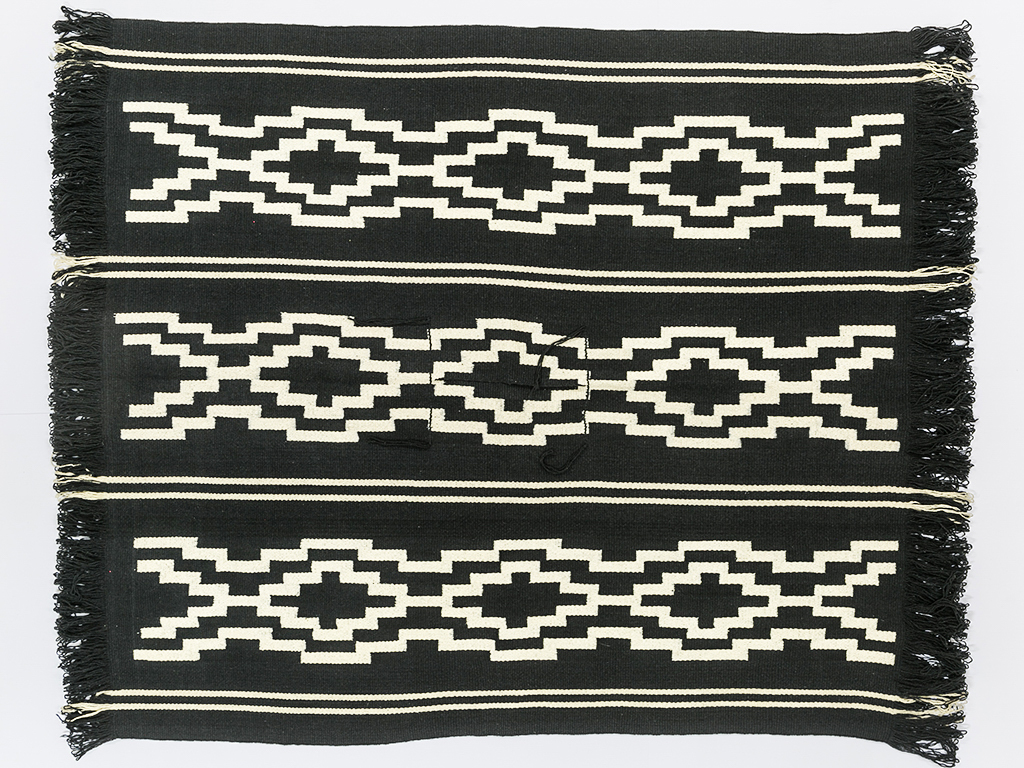
Reviews
There are no reviews yet.